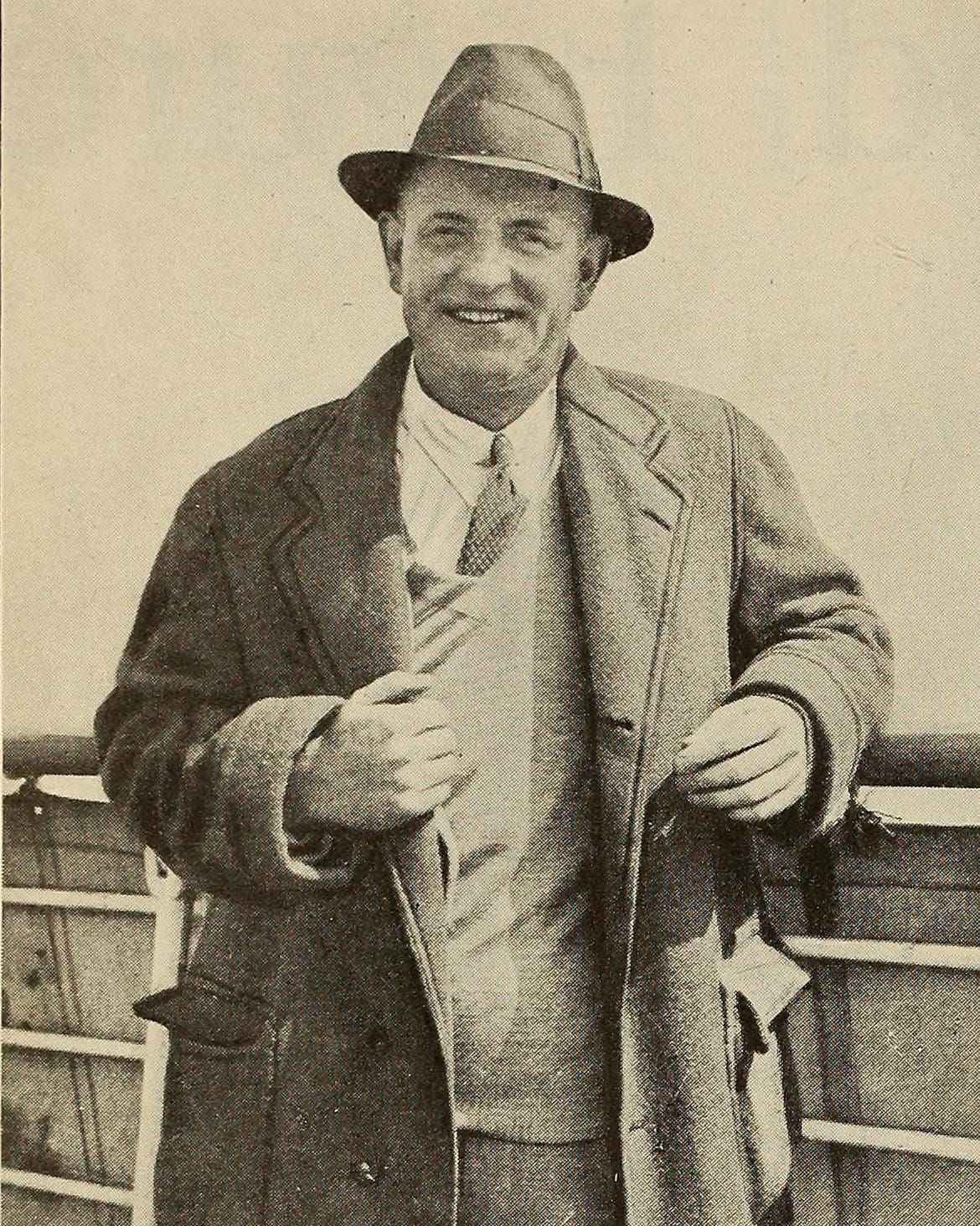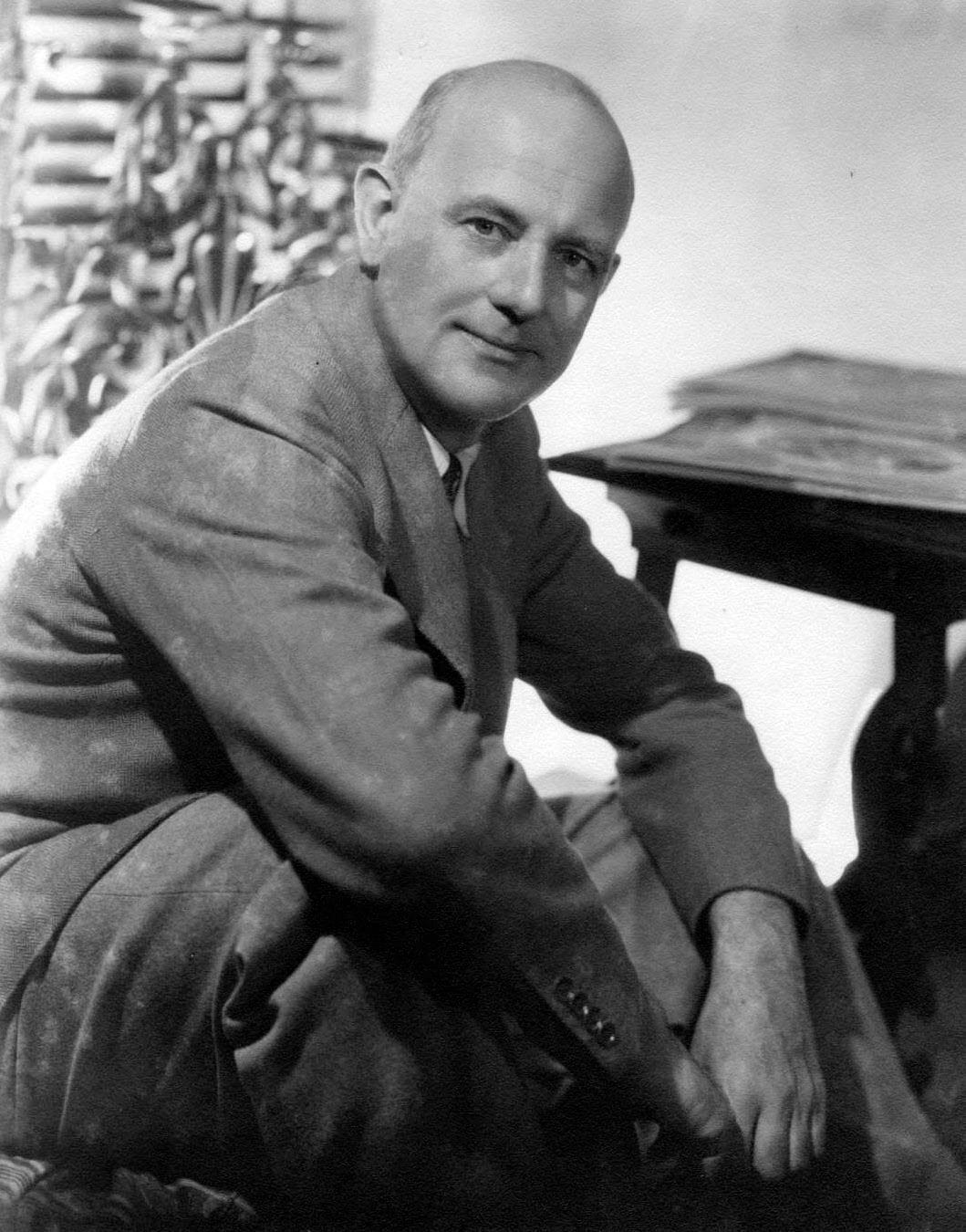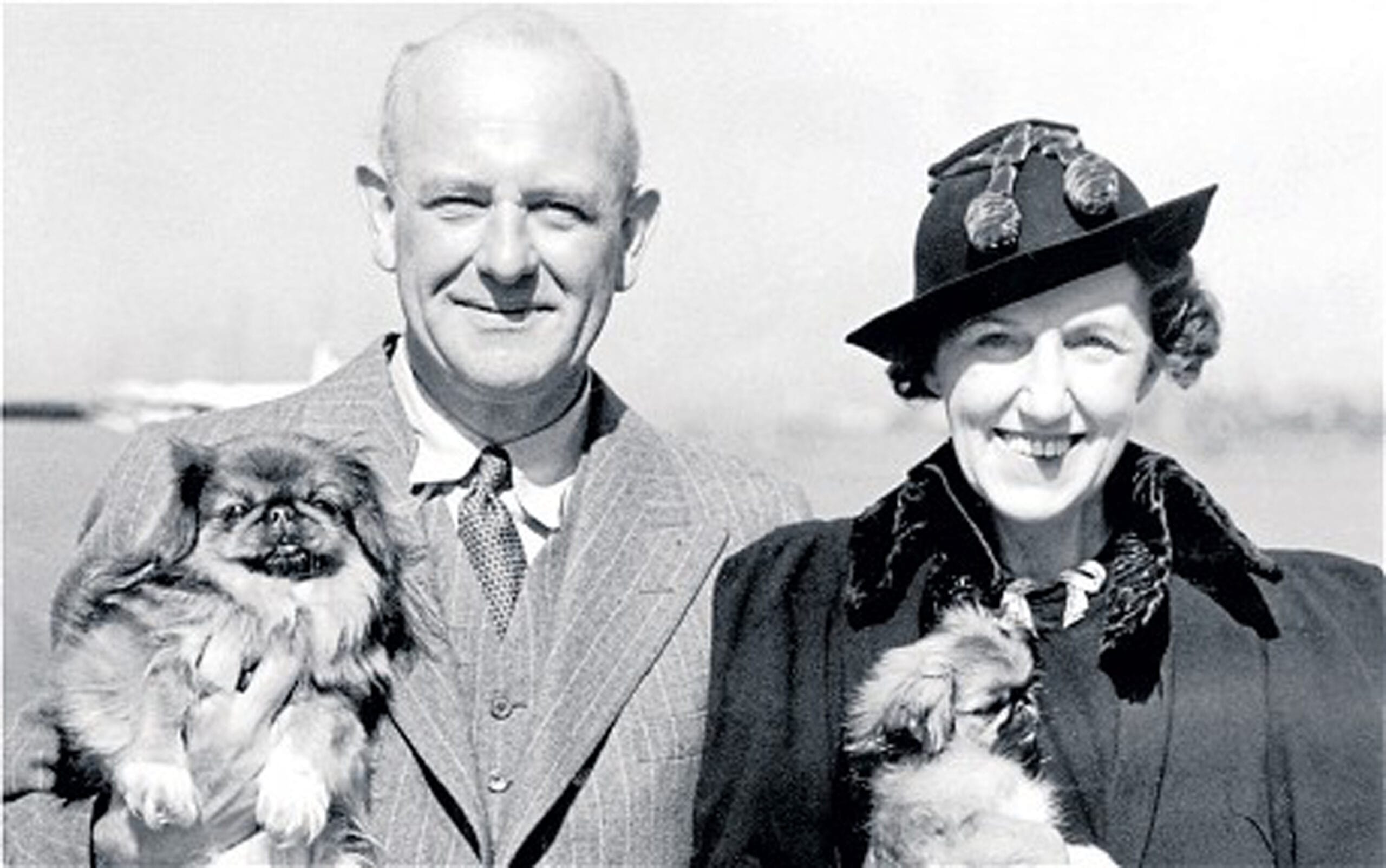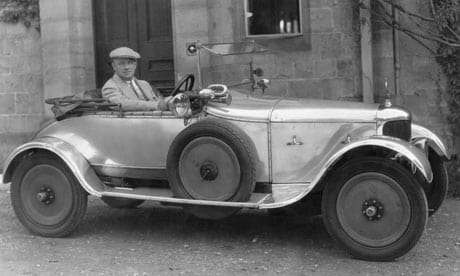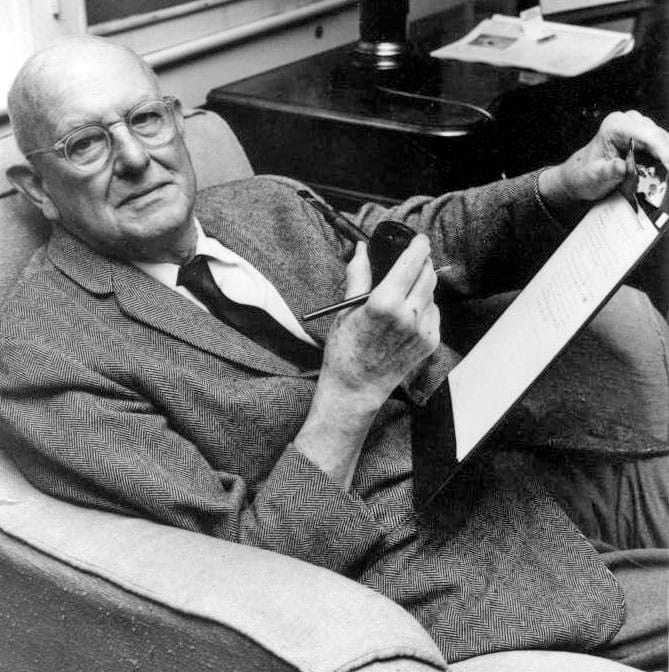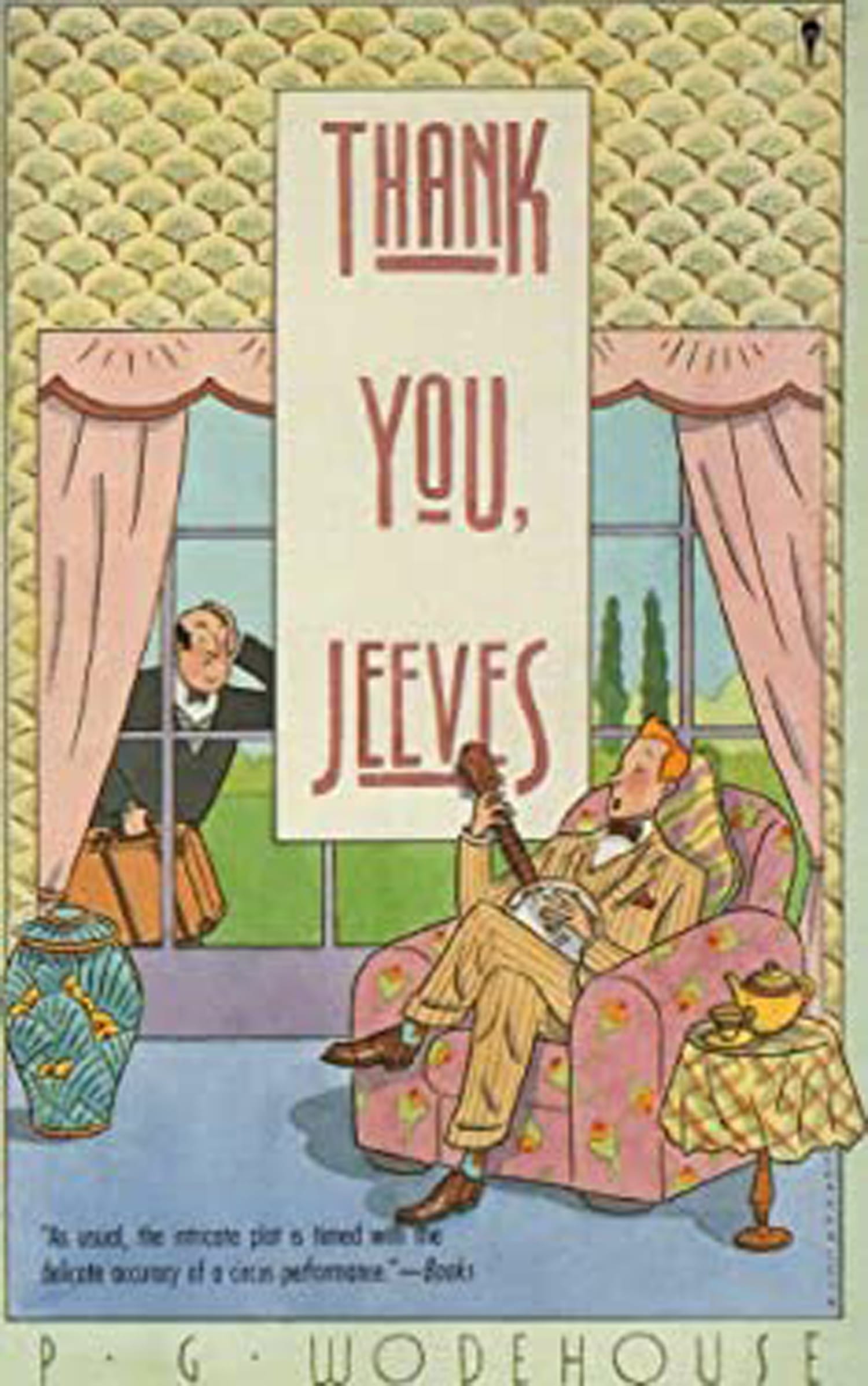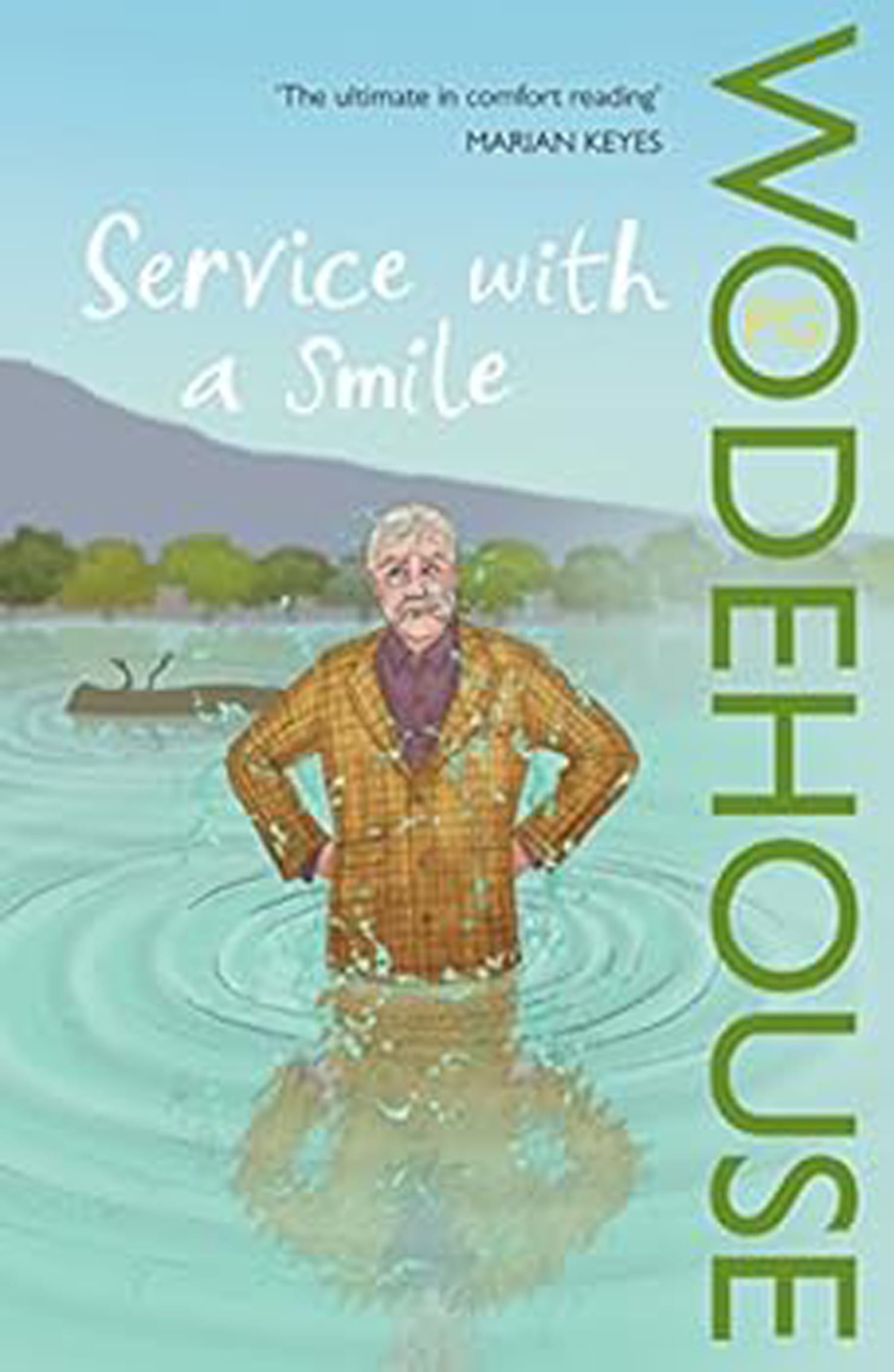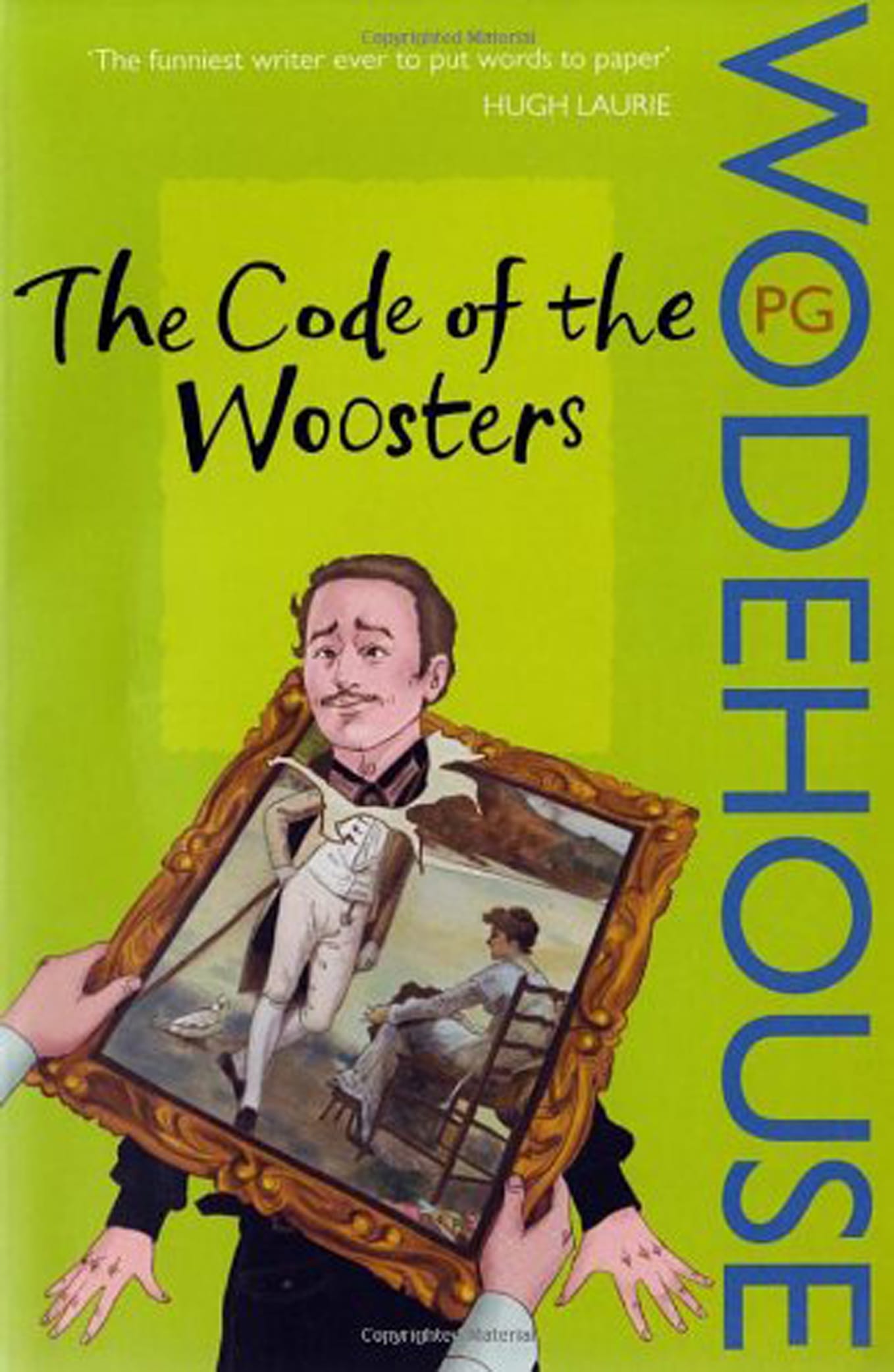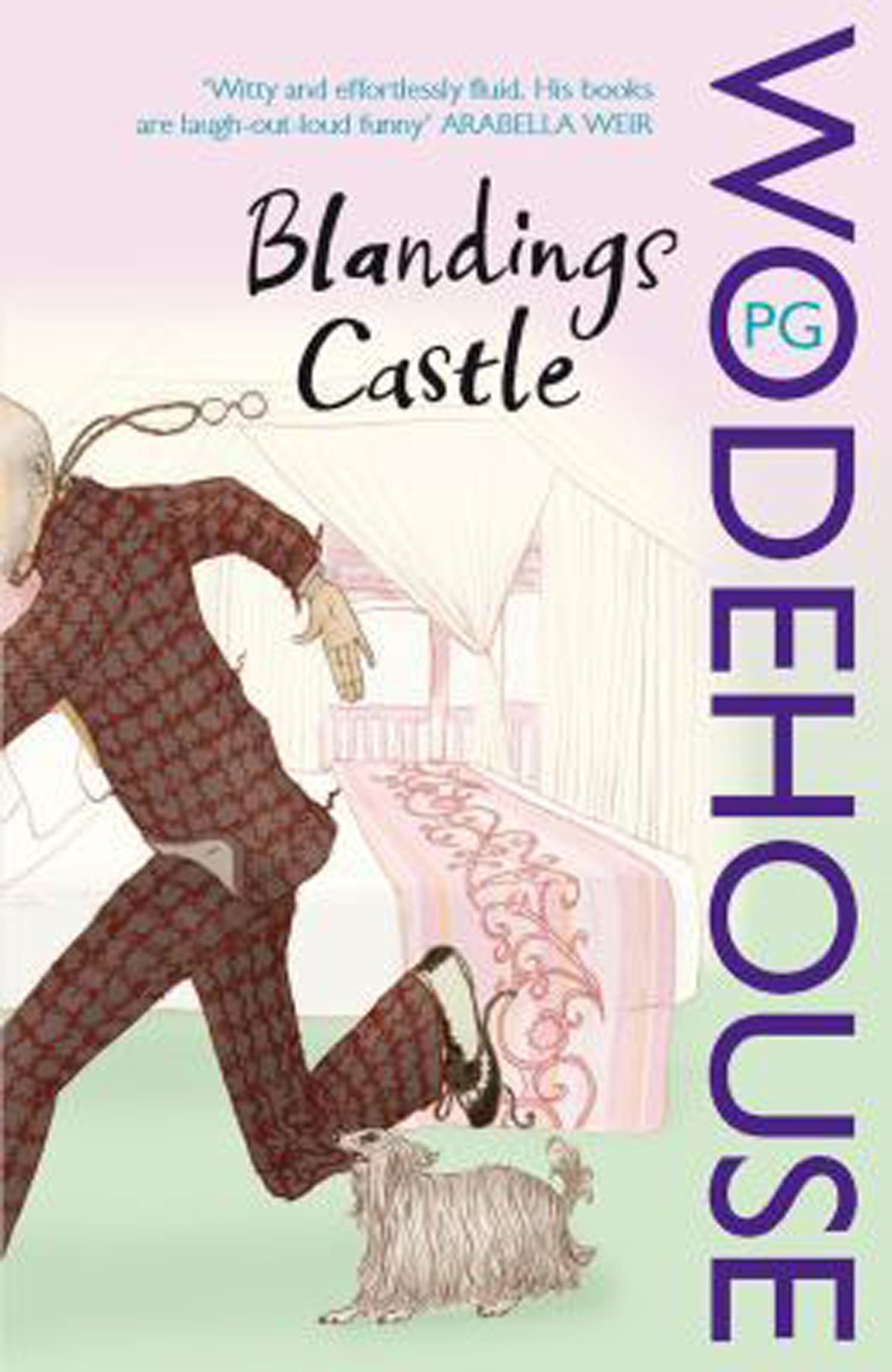An introduction to
P. G. Wodehouse
The first thing you should know, and probably the last, too, is that PG Wodehouse is still the funniest writer ever to have put words on paper.
– Hugh Laurie, the Daily Telegraph, May 27, 1999
Born in England in 1881, Wodehouse was still at school when he earned his first half-guinea as a writer with “Some Aspects of Game-Captaincy” (Public School Magazine, February 1900). Seventy-five years later he was still writing, working on another book featuring Lord Emsworth when he died; it was published posthumously as Sunset at Blandings. He produced more than seventy novels; hundreds of short stories; around forty plays; and innumerable articles, poems, song lyrics, and other literary morceaux—an output so prodigious that not all his work is yet known: Scholars are still unearthing his material in now-defunct publications many years after his death. But more impressive than the quantity of his works is the quality. This has been pointed out repeatedly by fellow writers including T. S. Eliot (“He has set a standard which other writers can aspire to but never attain”), Douglas Adams (“He is the greatest musician of the English language”), and many more.
P. G. Wodehouse
Privately, Wodehouse lived a rather ordinary life, a happily married man with an adopted daughter he adored and a penchant for avoiding scandal—until controversy and tragedy overtook him during World War II. This resulted in his move in 1947 to the USA, where he lived the last 28 years of his life with his wife, Ethel; he became an American citizen in 1955. Those years were spent, of course, in continuing to write the comic fiction that made him so loved and admired around the world. His 80th birthday in 1961 and his 90th in 1971 were celebrated in print and on the air with tributes to “The Master” from friends, avid fans, and fellow writers.
Mr. Wodehouse’s idyllic world can never stale. He will continue to release future generations from captivity that may be more irksome than our own. He has made a world for us to live in and delight in.
–Evelyn Waugh, radio broadcast, 1961
Shortly before his death on St Valentine’s Day in 1975, “Plum” became Sir Pelham Grenville Wodehouse, KBE. Since then, his popularity has only increased thanks to television productions of his stories, social media, the worldwide web, and Wodehouse Societies around the globe. His innumerable admirers today include Stephen Fry and Hugh Laurie, who played Jeeves and Bertie Wooster on the TV series Jeeves and Wooster in the early 1990s; Andrew Lloyd Webber and Alan Ayckbourn, who created the musical By Jeeves in 1975 and then staged a successful revival in the mid-1990s; and a wide variety of authors, actors, musicians, politicians, and other famous fans who bask in Wodehouse’s unique comic style, his ear for the music to be found in English prose, and his unerringly funny depictions of a world now lost to time but always alive in his writing.
There is no better marker of Wodehouse’s enduring influence on the English language than the innumerable quotations and references that show up constantly in books, magazines, newspapers, and even dictionaries. More than 1,600 Wodehouse quotations can be found in the second edition of the Oxford English Dictionary (1989), which makes him one of the most-often-quoted writers in the dictionary, if not the world; only Shakespeare and the Bible surpass him. He is also popular among translators, his works having been published in French, German, Italian, Spanish, Portuguese, Swedish, Dutch, Russian, and Japanese, and probably other languages as well.
For a downloadable timeline of Wodehouse’s life, scroll down to the end of the page.

P. G. Wodehouse
Over Seventy (1956)
From my earliest years I had always wanted to be a writer. I started turning out the stuff at the age of five.
(What I was doing before that, I don’t remember. Just loafing, I suppose.)
Where to Start Reading Wodehouse
The Sure Foundation for a Beautiful Friendship
by Elliott Milstein
When an author has published nearly 100 books – most of them still in print – the neophyte can find it a little daunting trying to figure out where to start. We at The Wodehouse Society want to make this process as easy as possible, so we offer these few tips to those who are looking to begin, or to those devoted fans looking for advice on how to get a friend hooked.
Purists often approach a new author with the intent to begin at the beginning and go on till they come to the end, and then stop. Sage advice from the King of Hearts, and appropriate in many circs, but, unless one is inordinately fond of 19th-century boys’ school stories, not the perfect strategy for enjoying the works of P. G. Wodehouse.
One of Wodehouse’s great gifts as a writer was his ability to run storylines through several books while ensuring that each book stands alone, even if it is a direct sequel to another. So, in a sense, one cannot make a mistake in beginning anywhere. But one must admit that there is some unevenness in the canon, and it would be an unfortunate situation if a newbie began by randomly picking up, say, Doctor Sally or If I Were You, thereby making that misguided person wonder, “Why do people read this and think it’s funny?”
We believe the best starting point for one entering Wodehouse’s World would be something plucked from near the middle of the list (assuming a list in order of quality): something like his 15th or 20th best book. This would be of high enough quality that the new reader will fully appreciate Wodehouse’s genius while still having plenty of higher quality stuff to look forward to.
We also believe it best to start with something from one of his two great sagas, Blandings Castle or Jeeves/Wooster. So the first task of the kindly individual who is about to open a new, wonderful world for a friend is to choose between the two. This is more art than science, but as a general rule, if your friend prefers elegiac prose of the third-person variety, one would travel to Shropshire for a stay with Lord Emsworth, while if they prefer snappy prose and the wilder humor of a first-person narrative, drop in at Berkeley Mansions or Brinkley Court for a weekend with Mr. B. Wooster.
The second choice is whether to begin with a novel or book of short stories. If your friend is a little wary of beginning a new author, often the short stories are the best route. In such a case we would recommend beginning with either Blandings Castle and Elsewhere or Very Good, Jeeves. If you feel they are ready to tackle a novel first shot out of the gate, we recommend Service with a Smile for the Blandings Bunch or Thank You, Jeeves for those who prefer life in Wooster House. The nice thing about Service with a Smile is that the cast of characters is somewhat smaller than other Blandings books (making it easier on the newcomer), and it includes Uncle Fred, making it extra special, while still holding Uncle Fred in the Springtime and Heavy Weather for even greater enjoyment later on. The best thing about Thank You, Jeeves is that it is the first Jeeves novel, thus preparing the reader for Right Ho, Jeeves and The Code of the Woosters in chronological order (which, again, is not necessary, but, yes, it is nice when things work out that way).
Finally, one slight deviation from the above recommendation: If your friend is a golfer, then you really must begin with the golf stories, and it really doesn’t matter which one. In fact, just go with The Golf Omnibus and call it a day.
But don’t stress over it too much. With only a few exceptions, you’re not likely to go terribly wrong even if you randomly pull a Penguin or Everyman edition of anything from your library shelf and hand it over. Don’t worry. They’ll be back for seconds in no time at all.
For more on Wodehouse’s life, see this Timeline:
This information is available for download by clicking the Download button inside the PDF.
 Loading...
Loading...
For a list of biographies and other reference works on Wodehouse, as well as lists of his vast body of work, visit our Resources page.

